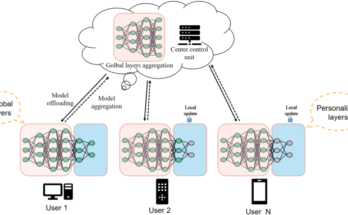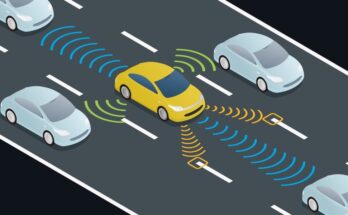PHP stands for Hypertext Pre-processor. It’s a server-side scripting language used to create interactive and dynamic websites. Many popular websites, including Facebook and WordPress, use PHP. PHP is widely used and in high demand. There is little to learn, especially if you already know some HTML. PHP can help you create powerful web applications and is a valuable skill for many tech jobs.
Getting started with PHP
Set up your environment
To start coding in PHP, you need a few things.
- A text editor (such as Notepad++ or Visual Studio Code)
- A web server (like Apache)
- PHP itself
- A database (like MySQL)
You can install these separately or use a package like XAMPP that includes everything you need.
Learn the basics
Start with the fundamentals.
- Variables and data types
- Operators
- Control structures (if statements, loops)
- Functions
- Arrays
Practice, practice, practice
The best way to learn is by doing. Try writing simple scripts.
- A program that prints “Hello, World!”
- A calculator that adds two numbers
- A script that checks if a number is even or odd
As you get more comfortable, try more complex projects.
- Learn PHP with HTML – PHP often works alongside HTML.
- Understand forms and user input – Forms are vital to interactive websites. Learn how to create forms in HTML and process the data with PHP.
- Work with databases – Many websites need to store and retrieve data. Learn how to connect to a database (like MySQL) using PHP and perform basic operations.
- Learn about security – As you progress, it’s essential to learn about web security. Understand concepts like SQL injection and cross-site scripting (XSS) to keep your websites safe.
Resources for learning PHP
There are many great resources available to learn PHP.
- Online tutorials and courses
- PHP documentation
- Coding challenge websites
- PHP books for beginners
- Online forums and communities
Keep going even if you don’t understand everything right away.
Tips for success
- Start small and build up gradually
- Code regularly, even if it’s just for a short time each day
- Don’t be afraid to make mistakes – they’re part of learning
- Join online communities to get help and share your progress
- Work on projects that interest you to stay motivated
Common mistakes to avoid
- Trying to learn everything at once
- Copying code without understanding it
- Ignoring best practices and coding standards
- Not testing your code thoroughly
As you continue learning, you’ll discover more about PHP.
Real-world applications
Once you have the basics, you can start working on real projects.
- A personal blog
- A simple e-commerce site
- A content management system
- A forum or discussion board
After you’ve mastered the basics
- Object-oriented programming in PHP
- Popular PHP frameworks like Laravel or Symfony
- Version control with Git
- More advanced database concepts
Remember, learning PHP is a journey. Take it one step at a time, and don’t rush. Learning PHP can open up a world of opportunities in web development. Remember, everyone starts as a beginner. You can learn this here now and achieve your coding goals with dedication and hard work. Happy coding.




